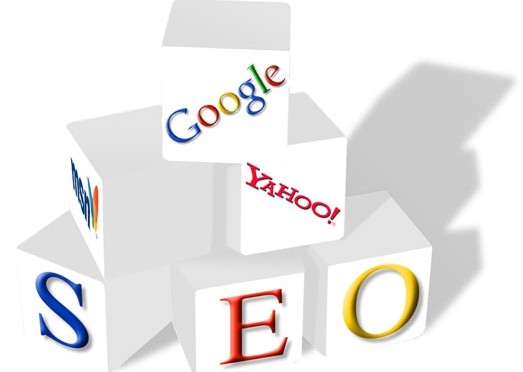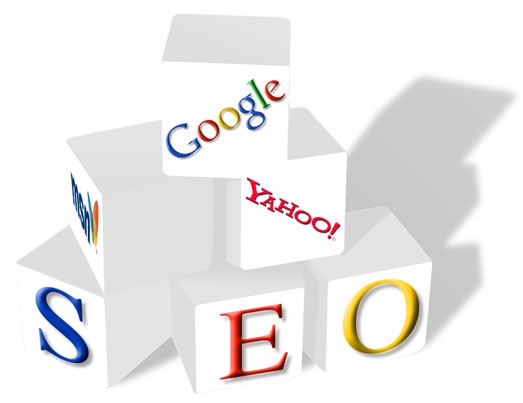Being a business owner and blogger, and knowing other business owners, SEO marketing is always looked at as the go-to form of advertising for companies. However, the new kid on the block, social media marketing, is slowly changing how preliminary advertising is done, and in it’s handful of years of existence, it’s making a huge splash on Google.
If you already have accounts on multiple social media platforms, conduct a Google search of your business. You may be surprised to find that your Facebook page and Twitter account list ahead of your business’s main website. By constantly posting content and driving traffic to your social media accounts, you’re website in essence is being pushed aside as most of your traffic will be lead to the website through Facebook or Twitter. With this discovery, you’ll probably begin to question whether you’re wasting your time and money on SEO.
As a believer and user of social media marketing, SEO is becoming obsolete because most of the traffic you’re generating is originating from your social media presence. Other forms of advertising, such as posting a few job offerings on Craigslist, further show that there are other ways of acquiring clients and customers without spending your hard earned money (if you hire an SEO professional) or countless nights if you decide to work on your marketing efforts on your own.
Don’t get me wrong, social media marketing can be expensive depending on how much advertising you want done, and how often you want your social media accounts updated, but there is no denying that the results are better than if you looked to old school marketing techniques. The reason for this is because by using social media, you’re exposing your business and brand to where your future customers and clients are. Facebook, Twitter, Pinterest, and Instagram are constantly used by consumers, and if they do decide to use Google for information it’s because they saw your products or services on a social media platform.
I encourage those who haven’t looked to social media for marketing to start right now. Post consistently and build up a solid following and customer base. Most small businesses post statuses early on, but then stop after a few months, and that is a huge mistake. Do you want committed followers? You have to show them they you’re also committed and willing to post intriguing content that grabs the viewers attention. Promote your business and brand on social media, and you’ll begin to reach more customers and clientele.

















